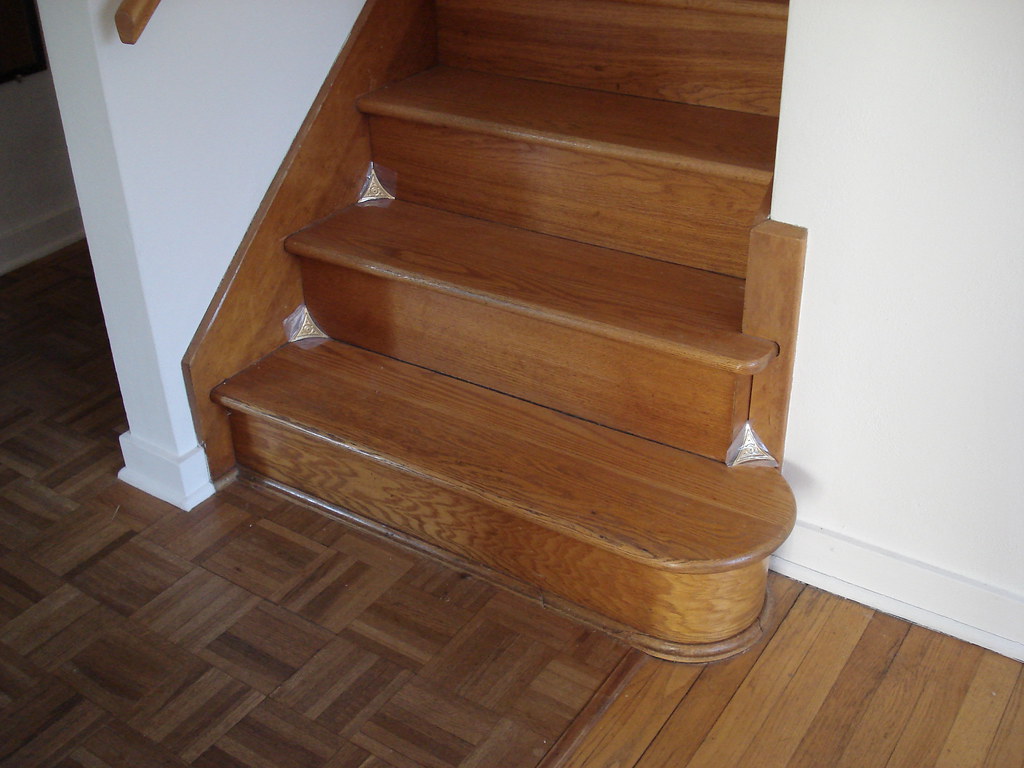Stair dust corners for office spaces can quickly become unsightly. Left unchecked, dust and debris accumulate in corners and along the edges of steps. This not only looks unprofessional but can also lead to falls and injuries if left to build up over time. Maintaining clean corners by sweeping and vacuuming stairs regularly is an important part of office maintenance.
In this post, we’ll look at:
- Why dust and debris accumulate on stairs
- The dangers of dusty stairs
- Tips for sweeping stairs
- Using vacuums on stairs
- Cleaning corners and edges
- Maintaining stair safety
- Creating an office stair cleaning schedule
Why Dust and Debris Accumulate on Stairs

Stairs in office buildings see heavy foot traffic daily. All of those feet inevitably track in dust and dirt from outside. Bits of paper, hair, lint, and other debris also fall onto stairs and accumulate in corners. The corners of stairs are particularly problematic because they don’t get walked on. This allows dust bunnies and debris to build up undisturbed.
Stairs also tend to have textured surfaces and grout lines that easily trap dust and dirt. Without regular cleaning, the corners become clogged with dust and hair.
Dangers of Dusty Stairs
Accumulated dust and debris on stairs creates:
- Slip hazards – Dust is slippery underfoot and can cause falls on the stairs. Debris can also hide potential tripping hazards. And you wouldn’t want to fall right into your new continental breakfast chair would you?
- Respiratory irritants – Dust contains allergens and other particles that can irritate lungs when stirred up.
- Fire hazards – Built up lint and dust are highly flammable.
- Pests – Dust bunnies attract pests looking for food particles and nesting material.
Falls due to slippery stairs are a major cause of injuries in office settings. Maintaining clean stair corners through regular sweeping and vacuuming helps reduce these risks.
Tips for Sweeping Stairs
Sweeping is an easy first step to clearing stair corners and edges of debris buildup.
Supplies Needed
- Stiff bristle broom
- Dustpan
- Vacuum (optional)
Technique
- Start at the top of the stairs and work your way down. This stops debris from gathering below you as you sweep.
- Use short, angled strokes and small circular motions to sweep debris out of corners and edges. Avoid just pushing debris down the steps.
- Use the broom bristles or handle tip to dislodge stuck on debris.
- Sweep all debris into a dustpan and dispose of it.
- Use a vacuum for any remaining fine dust. See next section for vacuum tips.
Sweeping works well for clearing out loose debris and starting the cleaning process. But often vacuuming is needed to thoroughly remove embedded dust from stairs.
Using Vacuums on Stairs
Vacuuming is the most effective way to remove dust and debris, especially from stair grout lines and corners.
Vacuum Features for Stairs
- Powerful suction – Needed to pull out embedded debris
- Brush roll – Agitates and loosens debris
- Crevice tool – Fits into corners and grout lines
- Hose attachment – Reaches corners without lugging around the vacuum
Canister vacuums with attachments work better than upright vacuums for stairs. Backpack or portable vacuums are ideal since they’re easy to carry up and down stairs.
Vacuuming Technique
- Use the brush roll to agitate and dislodge debris. Make multiple front to back passes.
- Switch to the crevice tool to vacuum corners and edges. Move slowly and methodically.
- Use an angled attachment to reach the undersides of steps.
- Finish by using the soft brush attachment to collect any remaining fine dust.
Regular vacuuming keeps stair corners clean and free of debris buildup over time.
Cleaning Corners and Edges
Pay special attention to corners when sweeping and vacuuming stairs. Here are some tips:
- Use a small hand broom – Better for navigating corners than a large broom.
- Try microfiber cloths – Use slightly damp for wiping down corners and baseboards.
- Use cotton swabs – Fit into small crevices to clean corners.
- Try a crevice tool – Attach to a vacuum to suction debris from corners.
- Use a toothbrush – For scrubbing grime out of corners.
Having the right cleaning tools makes it easier to thoroughly clean corners and remove built up debris.
Maintaining Stair Safety
Here are some tips for keeping stairs safe after cleaning:
- Place wet floor signs until floors are dry if mopping.
- Check for and remove any tripping hazards like loose tiles or nails.
- Apply non-slip tape on smooth stair edges for added traction.
- Report any damaged or uneven steps.
- Keep stairs well lit to prevent falls in dim areas.
- Add stair rails if needed for safety.
Regular inspections and addressing any hazards helps prevent injuries after stairs have been cleaned.
Creating an Office Stair Cleaning Schedule
Consistency is key to preventing buildup on stairs. Create a cleaning schedule based on traffic volume.
Light Traffic Areas
- Quick sweep daily
- Thorough sweep 2x a week
- Vacuum corners 1x a week
Moderate Traffic Areas
- Quick sweep daily
- Thorough sweep 3x a week
- Vacuum corners 2x a week
Heavy Traffic Areas
- Quick sweep 2x daily
- Thorough sweep daily
- Vacuum corners 3x a week
Adjust schedules as needed. Immediately address any spills or buildup.
Consider posting the schedule to keep cleaning top of mind. Assigning stair cleaning duties also helps maintain consistency.
Conclusion
Left unchecked, dust bunnies and debris quickly accumulate in stair corners and edges in office settings. Following regular sweeping and vacuuming schedules helps tackle buildup and maintain clean corners. Consistent and thorough cleaning reduces hazards like slippery surfaces and tripping dangers. Well-maintained stairs support workplace safety. Investing time into regularly clearing corners goes a long way in preventing major dust bunny issues and stair dangers down the line.








